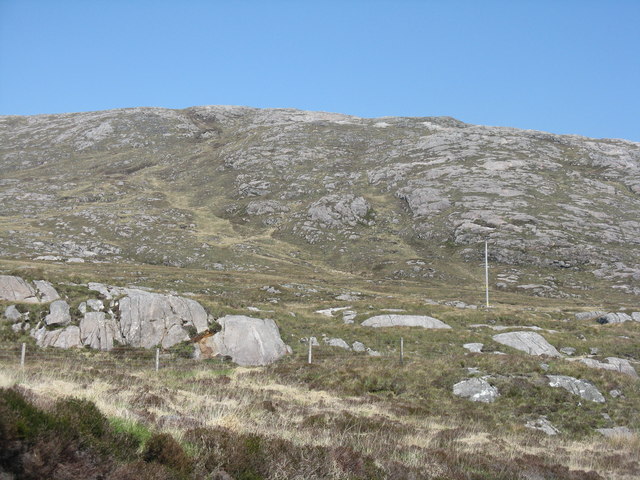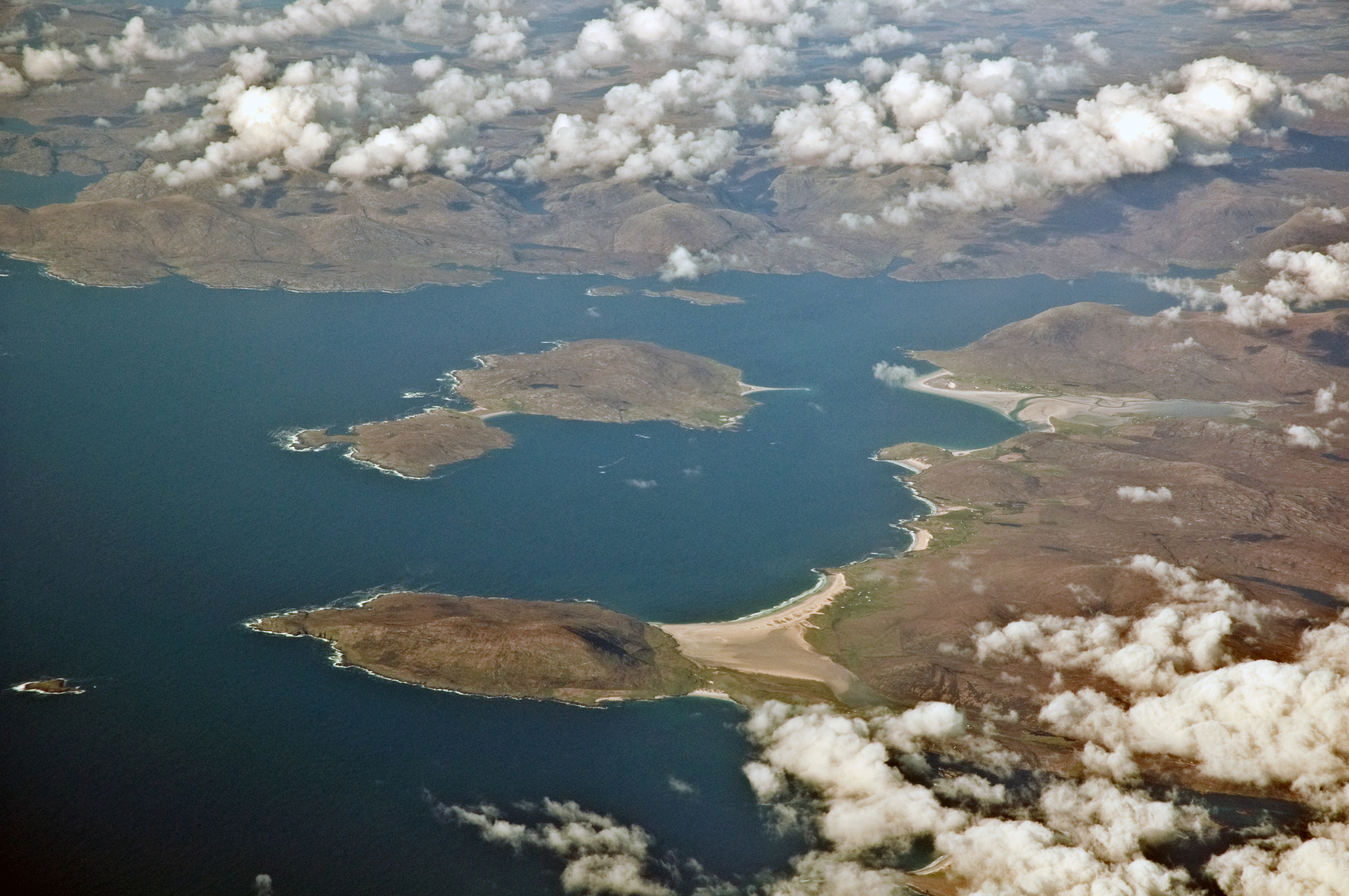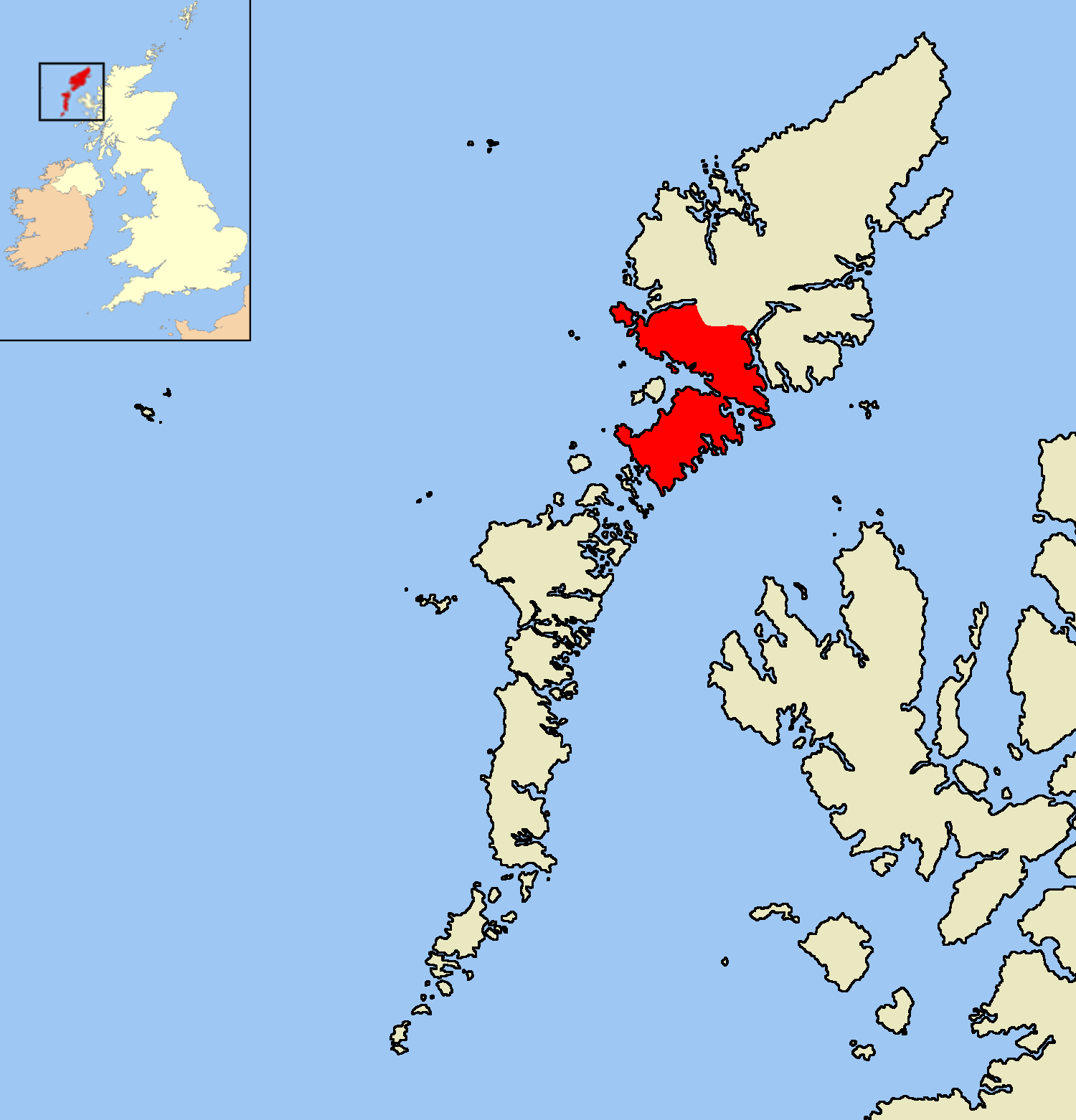Rubha Reamhar
Coastal Feature, Headland, Point in Inverness-shire
Scotland
Rubha Reamhar

Rubha Reamhar is a prominent coastal feature located in Inverness-shire, Scotland. Also known as a headland or point, it is positioned on the western coast of the Ardnamurchan Peninsula, extending into the North Atlantic Ocean. The name Rubha Reamhar translates to "thick point" in Scottish Gaelic, which accurately describes the landform's notable size and prominence.
Stretching out into the sea, Rubha Reamhar boasts a rugged and dramatic landscape that attracts visitors and nature enthusiasts alike. The headland is characterized by its towering cliffs, which offer breathtaking panoramic views of the surrounding coastal scenery. These cliffs are composed of ancient volcanic rock formations, contributing to the area's geological significance.
The headland is also home to a diverse range of flora and fauna. The lush vegetation found on Rubha Reamhar includes heather, gorse, and various grasses, providing a habitat for numerous bird species and other wildlife. Birdwatchers often visit the area to catch glimpses of seabirds, such as puffins and guillemots, that nest on the cliffs.
In addition to its natural beauty, Rubha Reamhar holds historical significance. The headland is dotted with ancient ruins and archaeological sites, including a well-preserved Iron Age fort known as Dun Haichaig. These remnants of the past offer a glimpse into human occupation of the area throughout history.
Overall, Rubha Reamhar stands as a captivating coastal feature with its imposing cliffs, diverse vegetation, and rich historical heritage. It continues to be a popular destination for those seeking natural beauty and a connection to Scotland's ancient past.
If you have any feedback on the listing, please let us know in the comments section below.
Rubha Reamhar Images
Images are sourced within 2km of 57.86871/-6.9115518 or Grid Reference NG0897. Thanks to Geograph Open Source API. All images are credited.

![Lugworm casts at Luskentyre Lugworms [polychaete worms - Arenicola marina] live in U-shaped, mucus lined burrows in sand. The depressions in the sand mark the entrance to a burrow, where sand is taken in; after processing to extract nutrients the sand is excreted as a cast at the other end. They occurred in abundance in the sands near the head of the Luskentyre estuary <a href="https://www.geograph.org.uk/photo/4991983">NG0897 : Frith Losgaintir</a>.](https://s1.geograph.org.uk/geophotos/04/99/19/4991997_36337cfe.jpg)

Rubha Reamhar is located at Grid Ref: NG0897 (Lat: 57.86871, Lng: -6.9115518)
Unitary Authority: Na h-Eileanan an Iar
Police Authority: Highlands and Islands
What 3 Words
///plodded.nicknames.hurry. Near Tarbert, Na h-Eileanan Siar
Nearby Locations
Related Wikis
Luskentyre
Luskentyre (Scottish Gaelic: Losgaintir) is a sparse settlement on the west coast of Harris, in the Outer Hebrides, Scotland. Luskentyre is situated within...
Borve, Harris
Borve (Scottish Gaelic: Na Buirgh) is a village in Harris in the Outer Hebrides, Scotland. Borve is also within the parish of Harris, and is on the A859...
West Loch Tarbert
West Loch Tarbert (Scottish Gaelic: Loch A Siar) is a sea loch that separates the northern and southern parts of Harris in the Outer Hebrides of Scotland...
Harris, Outer Hebrides
Harris (Scottish Gaelic: Na Hearadh, pronounced [nə ˈhɛɾəɣ] ) is the southern and more mountainous part of Lewis and Harris, the largest island in the...
Related Videos
Nearby Amenities
Located within 500m of 57.86871,-6.9115518Have you been to Rubha Reamhar?
Leave your review of Rubha Reamhar below (or comments, questions and feedback).






![Marks in the sand at Luskentyre Caused by the siphons of a bivalve mollusc, the Peppery Furrow Shell [Scrobicularia plana]. Digging down would reveal the animals at the centre of the radiating depressions left by the inhalant and exhalant tubes.](https://s1.geograph.org.uk/geophotos/04/99/20/4992013_70e94a49.jpg)











